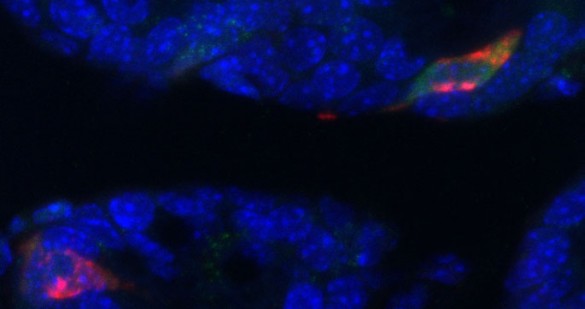Reporting last week in the journal Cell,researchers from Oregon Health and Science University, Harvard Medical School and Vanderbilt University describe the first “four-dimensional” picture of a brain receptor that plays a key role in learning and memory.

The first three dimensions describe space, of course, while the fourth dimension is “dynamics,” how the receptor alters its shape and its function in response to changes in its environment.
The report “elucidates fundamental principles of how neurotransmission works,” said Roger Cone, Ph.D., Joe C. Davis Professor of Biomedical Science and chair of the Department of Molecular Physiology and Biophysics (MPB) at Vanderbilt.
This information is crucial to understanding how a dysfunctional or genetically mutated receptor may contribute to disorders of the brain, and it may speed efforts to discover new, more effective drugs to treat disorders like Parkinson’s or Alzheimer’s disease.
The report also represents the contributions of three different research teams using three very different technologies.
In Portland, Eric Gouaux, Ph.D. and his colleagues at OHSU’s Vollum Institute used sophisticated X-ray crystallography methods to map the atoms of GluA2 AMPA, a receptor in the nerve cell membrane that relies on electrical current to get its message across.
The Harvard team used cryo-electron microscopy to observe the receptor in its natural environment but at very low (cryogenic) temperatures, while the Vanderbilt researchers, Hassane Mchaourab, Ph.D., and Richard Stein, Ph.D., used an electron paramagnetic spectroscopy method they developed called DEER to measure protein dynamics.
DEER, which stands for double electron-electron resonance, is a way measuring changes in the shape, or conformation, of the receptor as different signaling molecules bind to it, said Mchaourab, the Louise B. McGavock Professor and professor of MPB.
A national leader in this technology, Vanderbilt is among 17 institutions in the United States and Germany participating in the Membrane Protein Structural Dynamics Consortium supported by National Institutes of Health grant GM087519.















